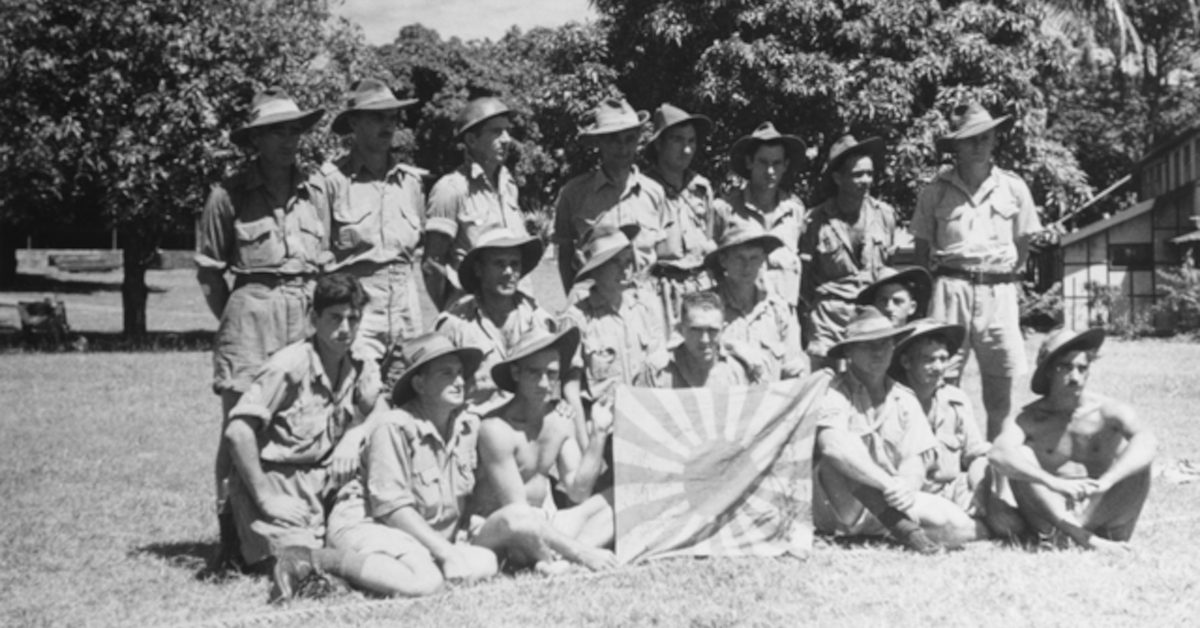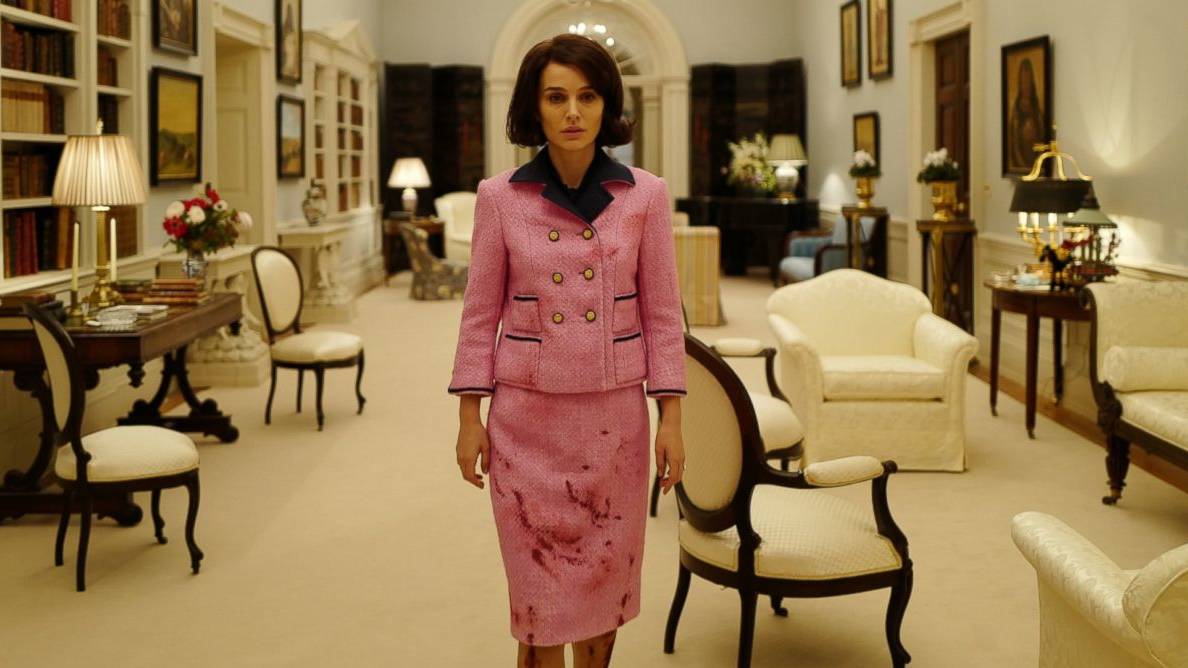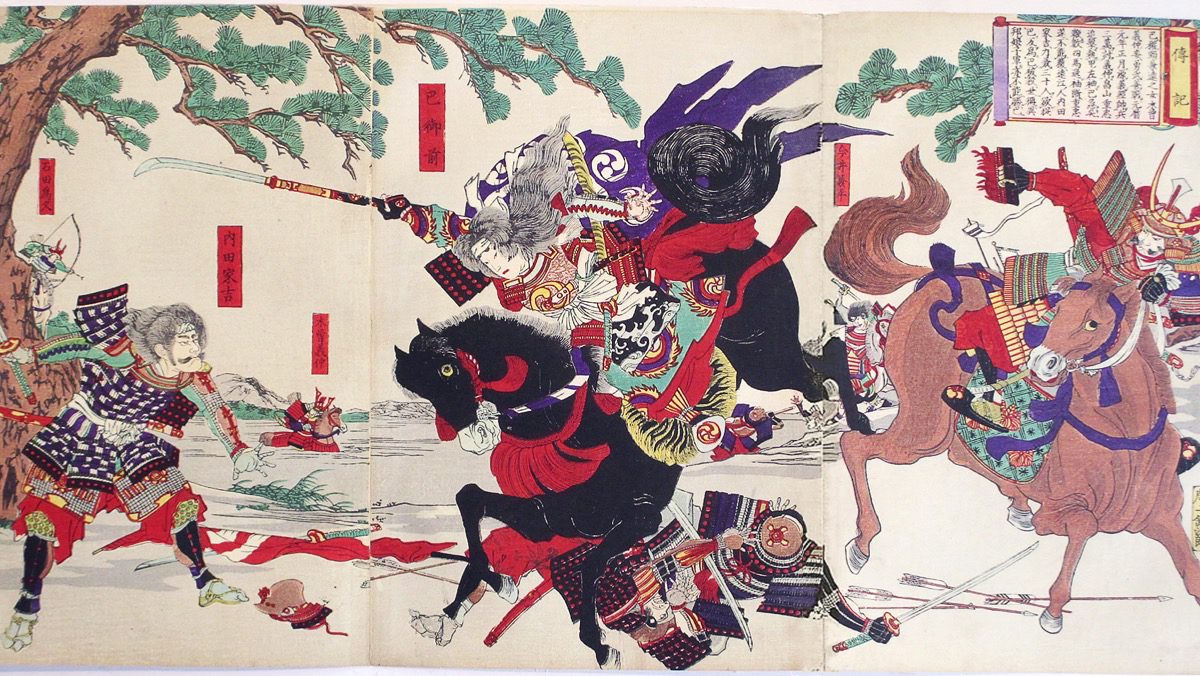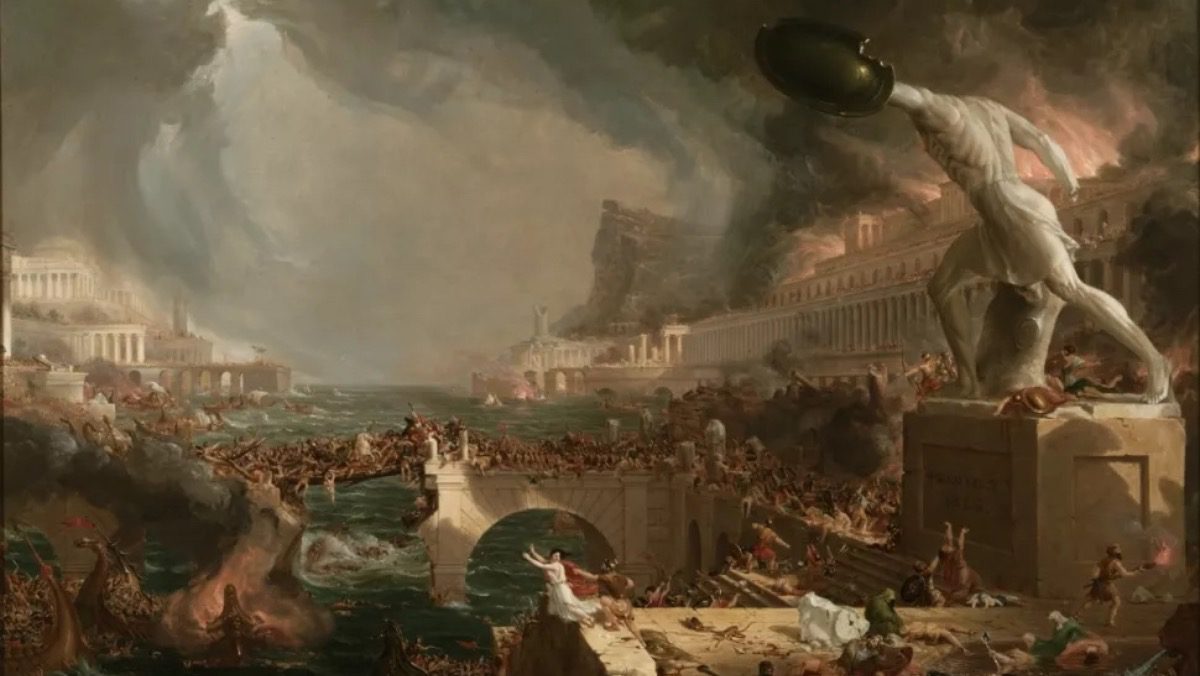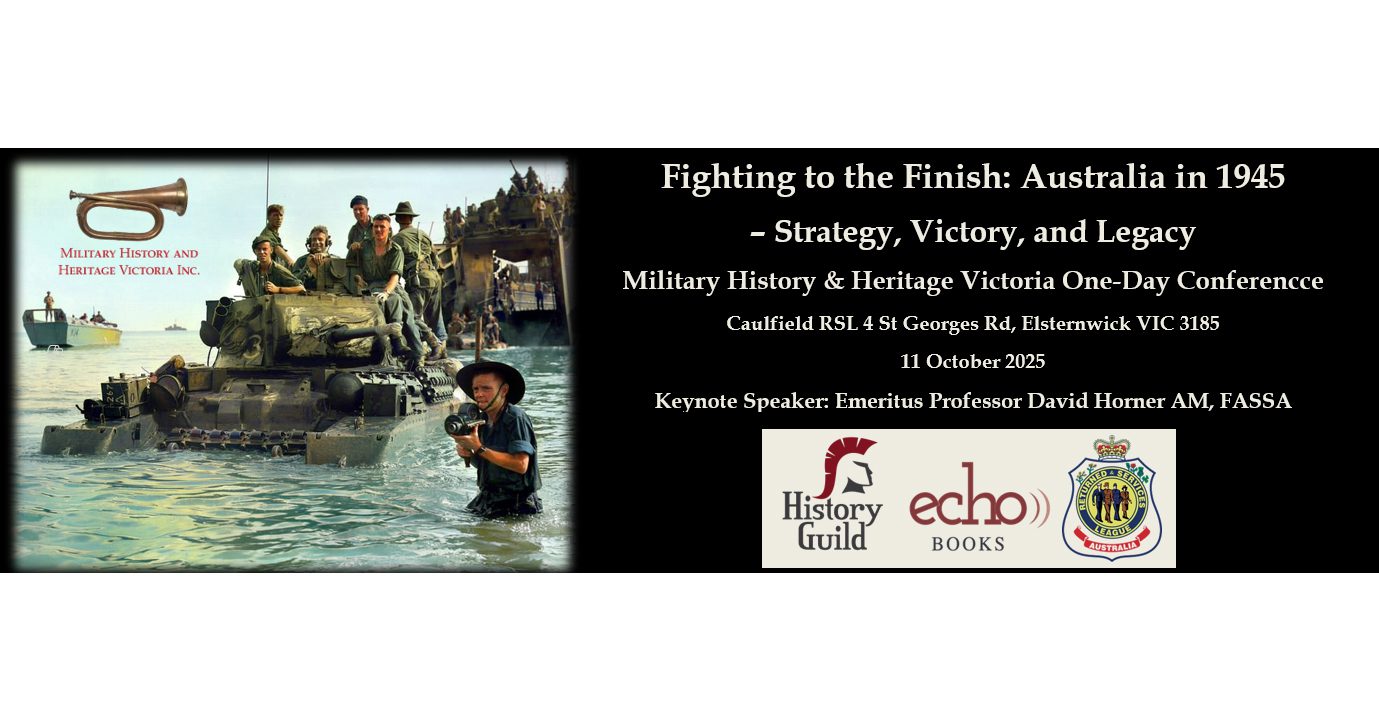
Fighting to the Finish: Australia in 1945 – Strategy, Victory and Legacy Conference, Melbourne. Book Now!
Military History & Heritage Victoria is excited to announce that tickets are now on sale for our next conference – Fighting to the Finish: Australia in 1945 – Strategy, Victory and Legacy – which will be held on 11th October 2025 in Melbourne. History Guild is proud to support this conference. Join an esteemed group […]

Call for Papers – Fighting to the Finish: Australia in 1945 – Strategy, Victory and Legacy Conference
Military History & Heritage Victoria is excited to announce the Call for Papers for our next conference – Fighting to the Finish: Australia in 1945 – Strategy, Victory and Legacy – which will be held on 11th October 2025 in Melbourne. History Guild is proud to support this conference. Keynote will be delivered by Emeritus […]
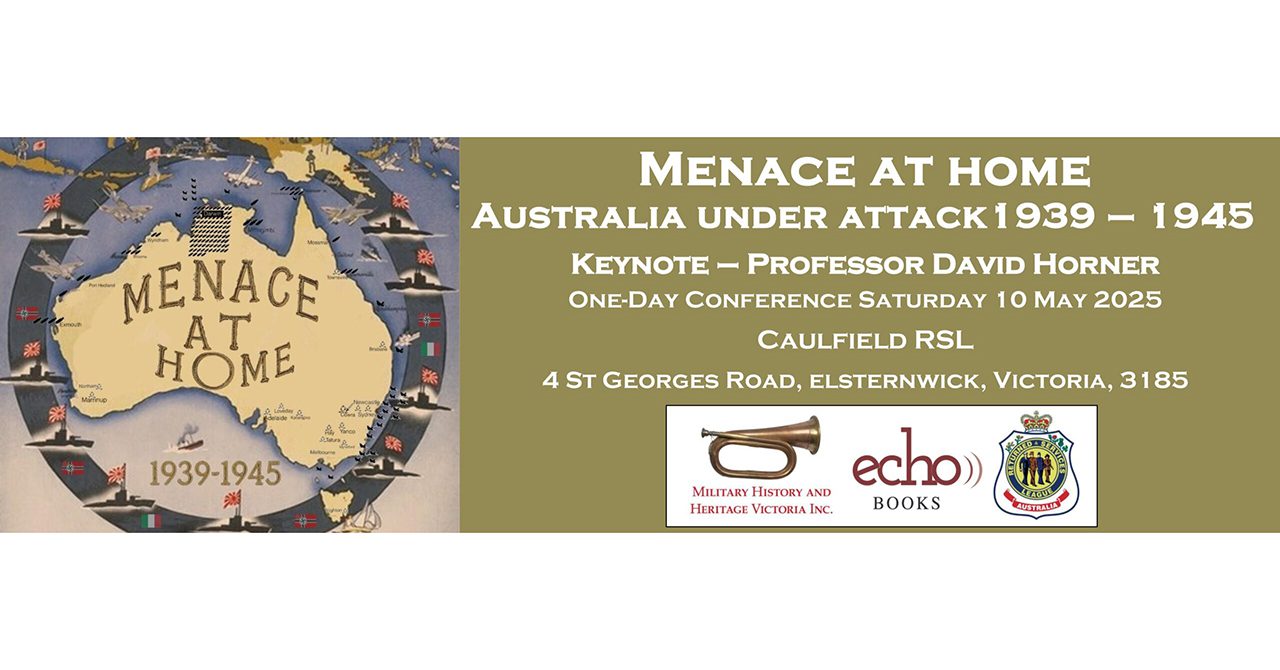
Menace at Home – Australia Under Attack 1939-1945 Conference – Melbourne 10th May
10th May 2025, from 9:00 am to 5:00 pm. This one-day conference will explore the numerous ways Australia was attacked during the Second World War. Between 1939 and 1945, over 1,800 enemy air raids targeted northern Australia, while the nation’s coastal waters were patrolled by raiders, sea mines, and submarines. People of various backgrounds—friends, foes, […]
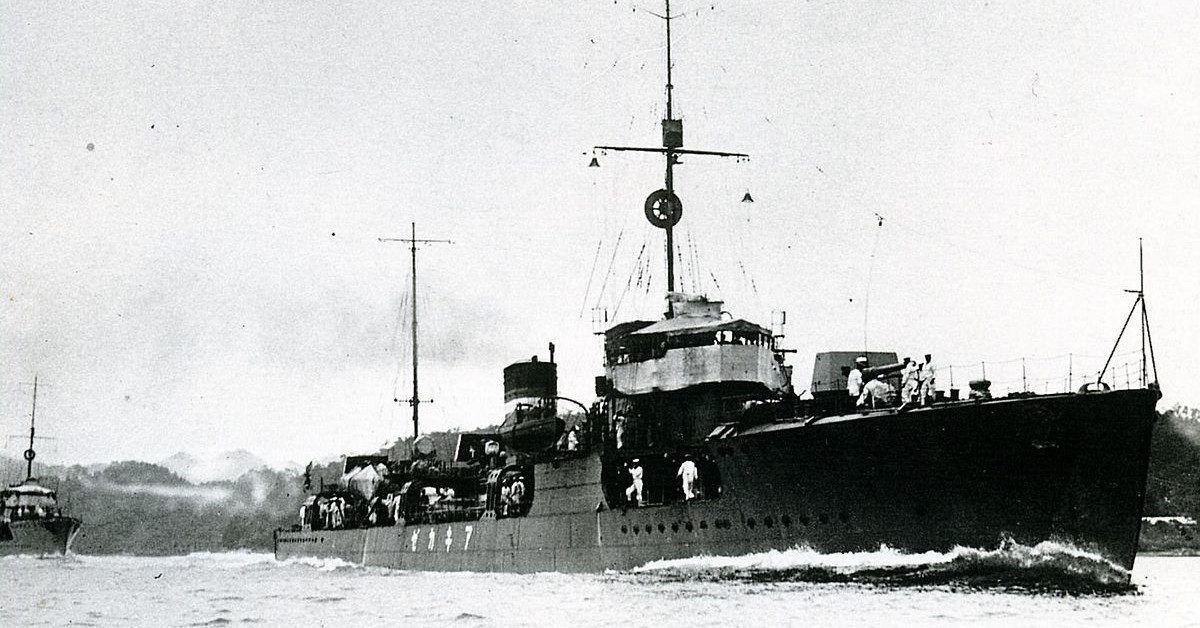
The Akikaze Massacre: the Japanese Navy’s Mass Murder in the Solomon Sea
Reading time: 12 minutes
When the Pacific War began in 1941, Japanese military planners had long recognised that they could not hope to win a protracted war against the United States, its likeliest and likely deadliest opponent in the Pacific. Instead, they pinned their hopes on a swift, devastating series of campaigns to seize strategic points.
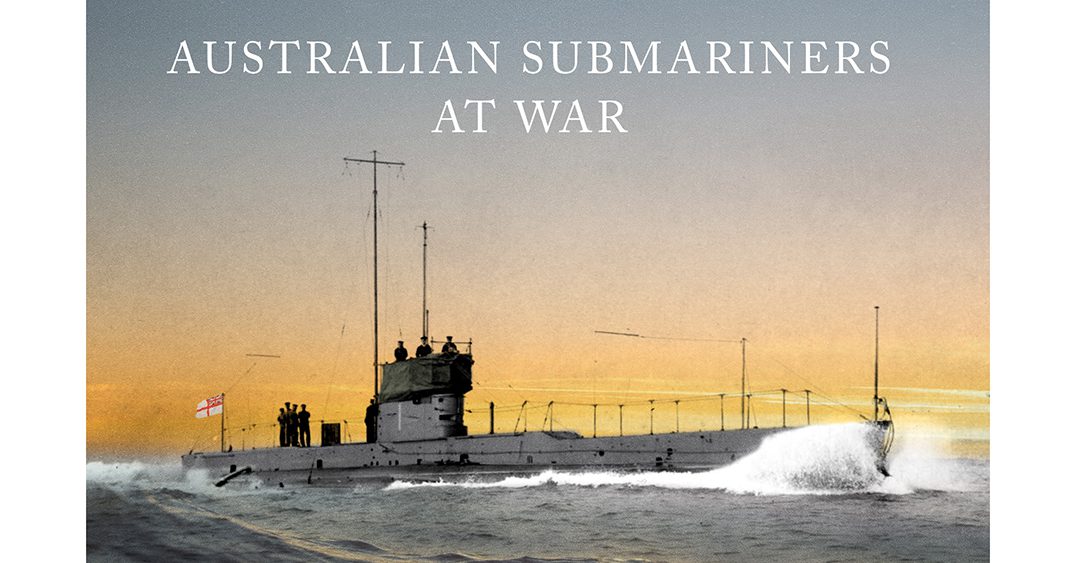
Dive! Australian Submariners at War by Mike Carlton – Book Review
Reading time: 4 minutes
Dive! opens with the best description of the development and implementation of submarine technology and doctrine I have ever read. This could easily be part of a broader history of submarines, Carlton has clearly done broad and extensive research and his writing effortlessly demonstrates his command of the topic.
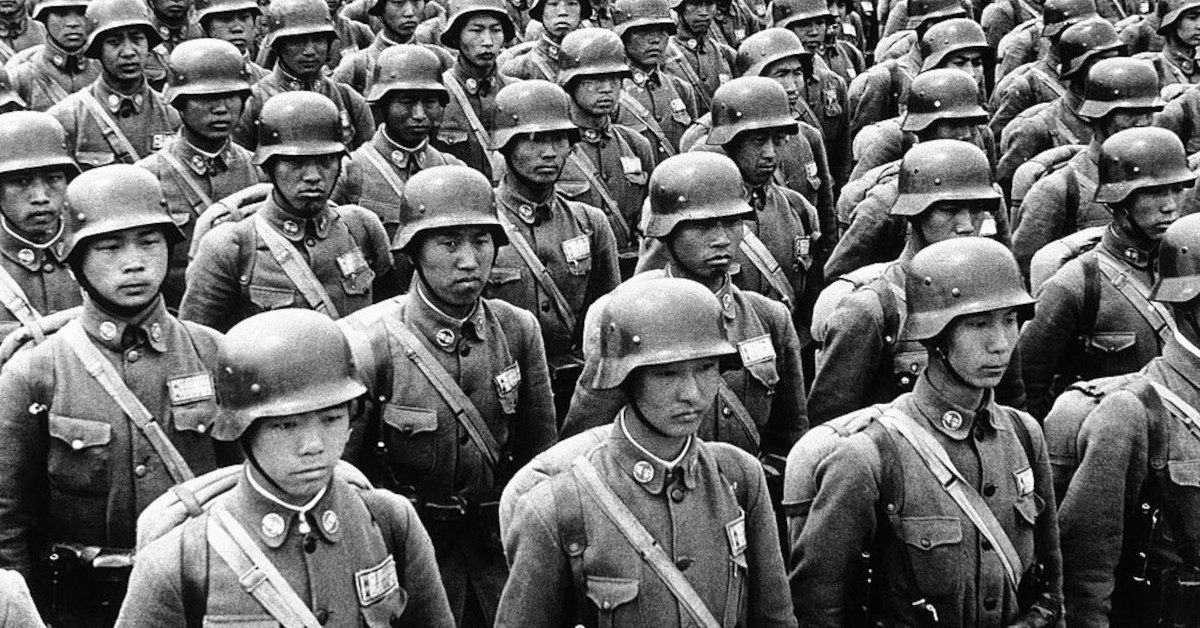
“IT WON’T DO TO PRETEND THAT WE ARE POWERFUL”: CHINA’S GERMAN-TRAINED ARMY
Reading time: 11 minutes
In 1926, a newly-unified China had millions of men under arms, but few who could wield them effectively. Determined to make the country ready to defend itself, Nationalist leader Chiang Kai-shek turned to an unusual ally.
For a decade, officers and experts from Germany’s Reichswehr oversaw the transformation of China’s army. While their plans were never fully realised, they had a significant impact on the war to resist Japanese invasion.
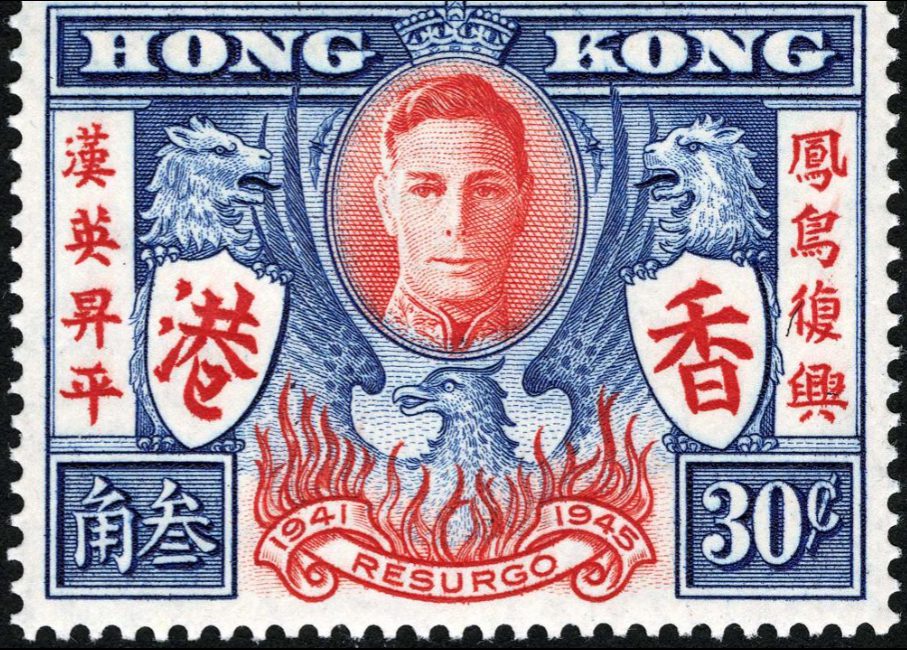
Life and death in Hong Kong during the Second World War
Reading time: 9 minutes
On 8 December 1941, the day after the attack on Pearl Harbor, Japanese forces launched an all-out assault on Hong Kong, then a British colony. Following 18 days of brutal fighting, the defending troops surrendered and Hong Kong fell. The Japanese military occupation began.
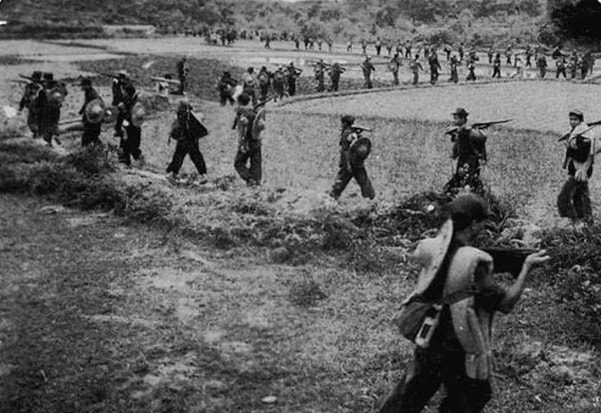
The East River Column: the rebels who helped Second World War prisoners of war
Reading time: 13 minutes
The underground resistance group the East River Column played a vital role opposing Japanese forces around Hong Kong during the Second World War. Their activities provided a lifeline for Allied prisoners of war, who they aided with support, shelter, and a means of escape.
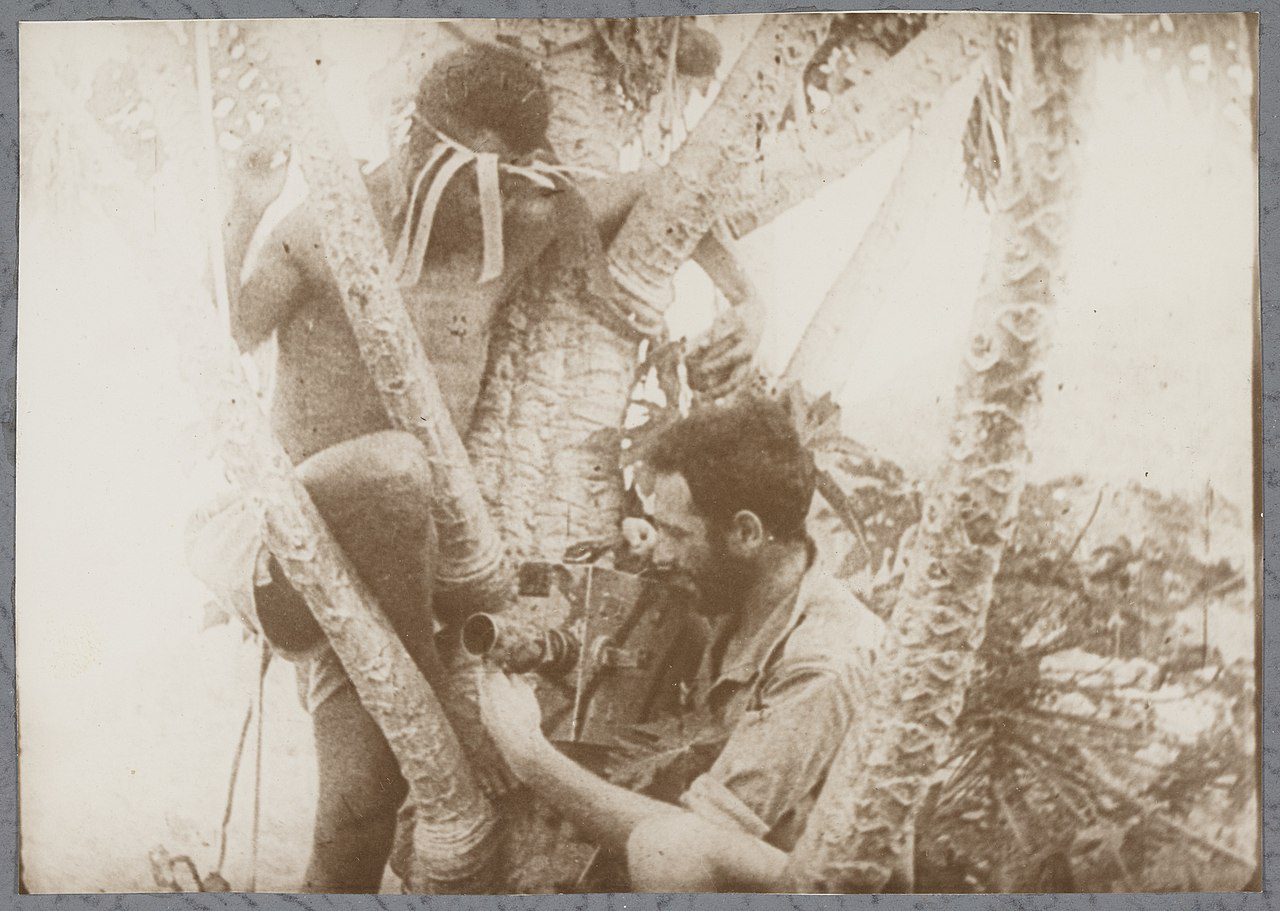
Damien Parer, Australia’s Iconic WW2 Photographer – Podcast
Parer was selected as an official war photographer for the Department of Information. He would go on to record many of the iconic images of Australian troops in that war.
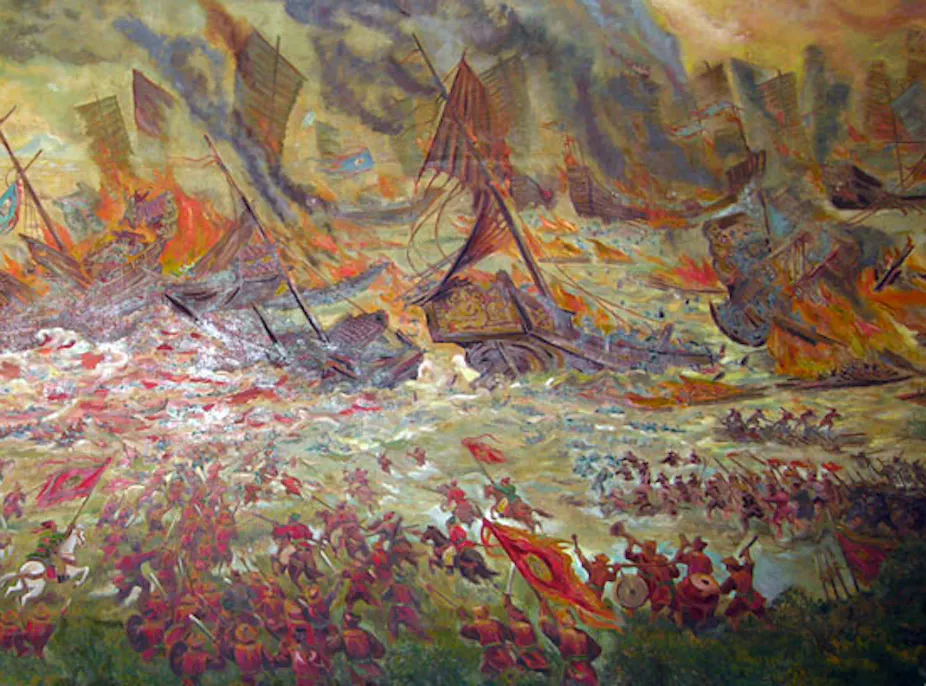
The original kamikaze: Kublai Khan’s invasion shipwreck found?
Reading time: 4 minutes
Archaeologists from the University of the Ryukyus in Japan have discovered part of a 13th century ship that apparently belonged to Mongolian warlord Kublai Khan. The ship is believed to be a remnant of a fleet that took part in one of Kublai Khan’s failed attempts to invade Japan, in 1274 or 1281.
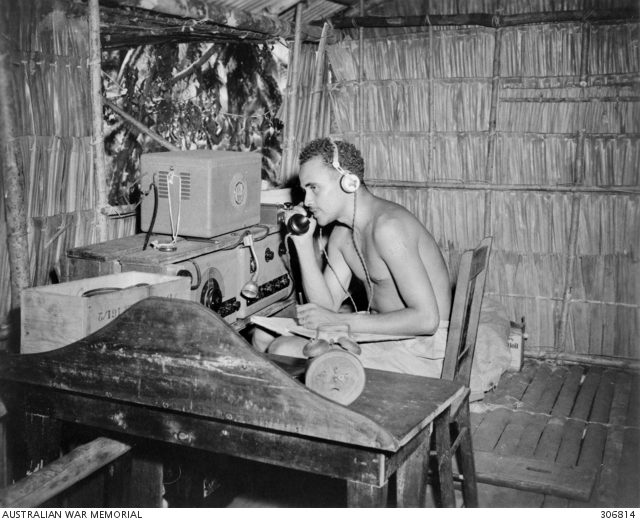
How the Coastwatchers Turned the Tide of the Pacific War
Australian Coastwatchers brought the tide of Japanese invasive successes to a shuddering halt when two coastwatchers spotted and reported an invasion fleet of 5,500 Japanese troops sailing south. The Coastwatchers’ observation was pivotal as it precipitated the Battle of the Coral Sea in May 1942 and thwarted the Japanese invasion of Port Moresby.
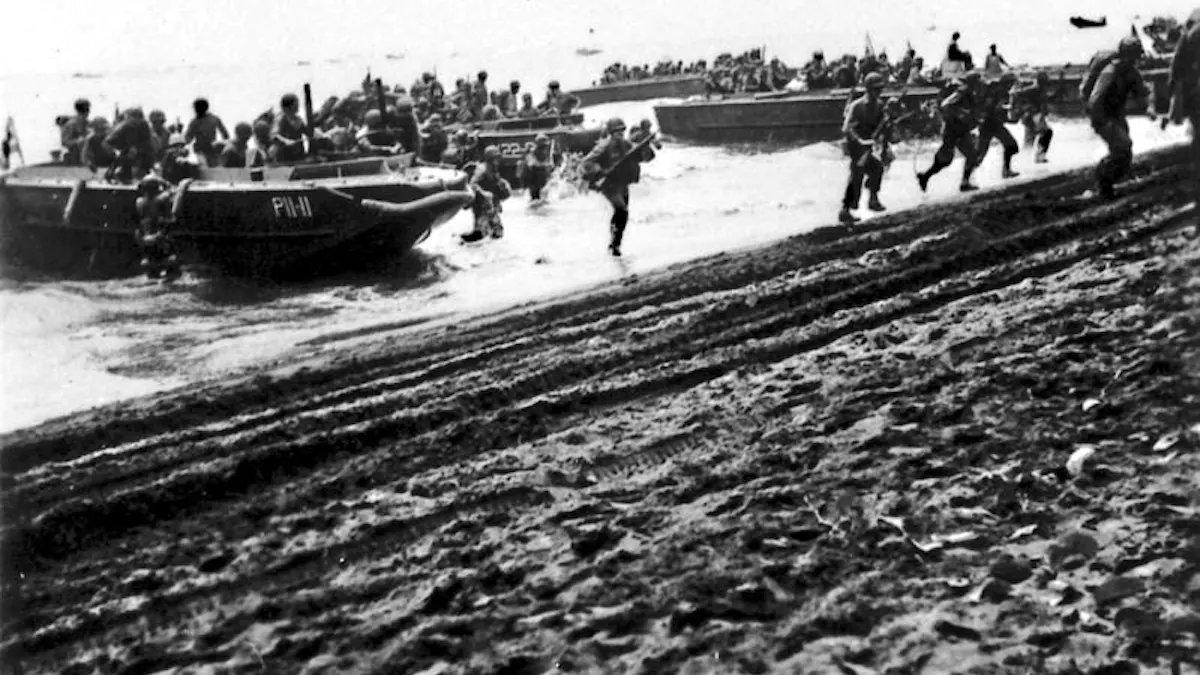
A World War II battle holds key lessons for modern warfare
Reading time: 6 minutes
Between Aug. 7, 1942, and Feb. 9, 1943, U.S. forces sought to capture – and then defend – the Pacific island of Guadalcanal from the Japanese military. What started as an amphibious landing quickly turned into a series of massive air and naval battles. The campaign marked a major turning point in the Pacific theater of World War II. It also revealed important lessons about the nature of warfare itself – ones that are particularly relevant when planning for conflict in the 21st century.
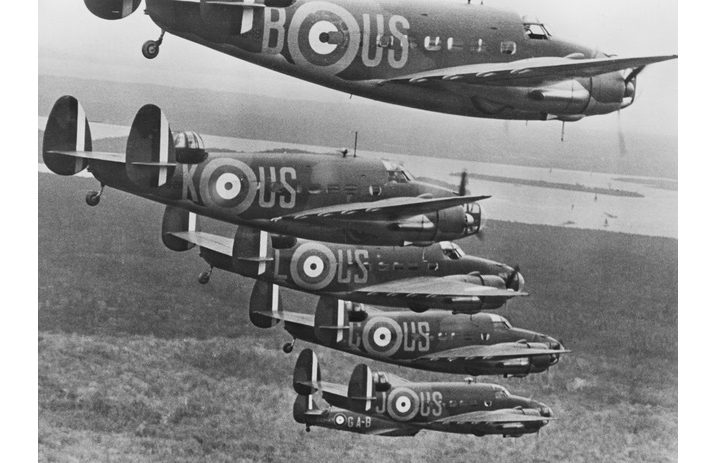
Australia’s first action in the Pacific in World War II a valiant catastrophe – Video
Just before midnight on 7 December 1941, Flying Officer Peter Gibbes stepped off the train at Kota Bharu on the coast of northeast Malaya after a long, tiring journey up the peninsula from Singapore. Gibbes, an airline pilot in peacetime, had been newly posted to the Royal Australian Air Force’s 1 Squadron, which in the ensuing hours would become the first Australian military unit to see action in the Pacific War.
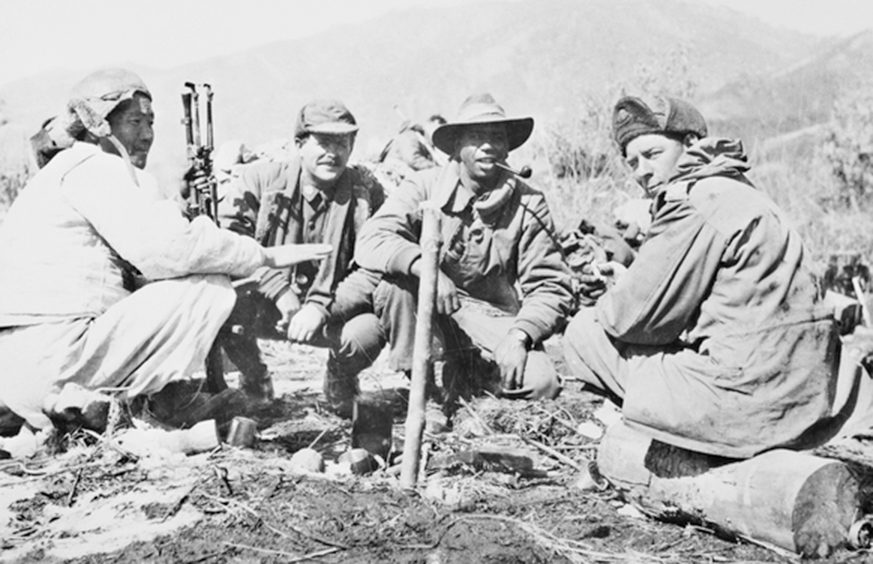
Reg Saunders, Australia’s first Aboriginal commissioned officer – Podcast
A skilled and determined soldier, Reg Saunders rose through the ranks to become Australia’s first Aboriginal commissioned officer. This podcast tells his story.
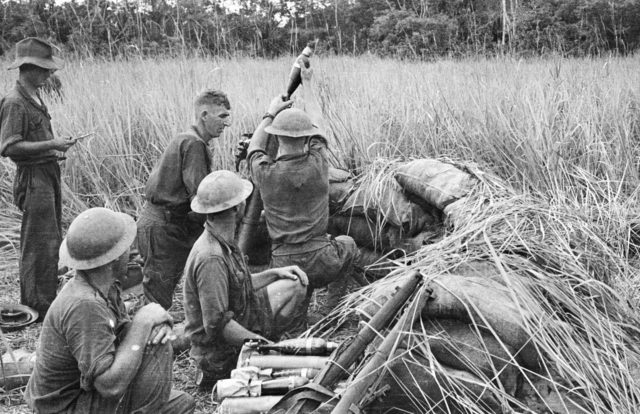
The Battle of the Beachheads – Podcasts
By late 1942, the Allies had pushed the Japanese forces back along the Kokoda Track and were now down on the coastal plains of northern New Guinea. The Japanese may have been retreating, but they intended to hold the vital beachheads from Gona down through Sanananda to Buna. The fight to take the beachheads would be bloody and brutal, but first the Australians and their American comrades had to get there.
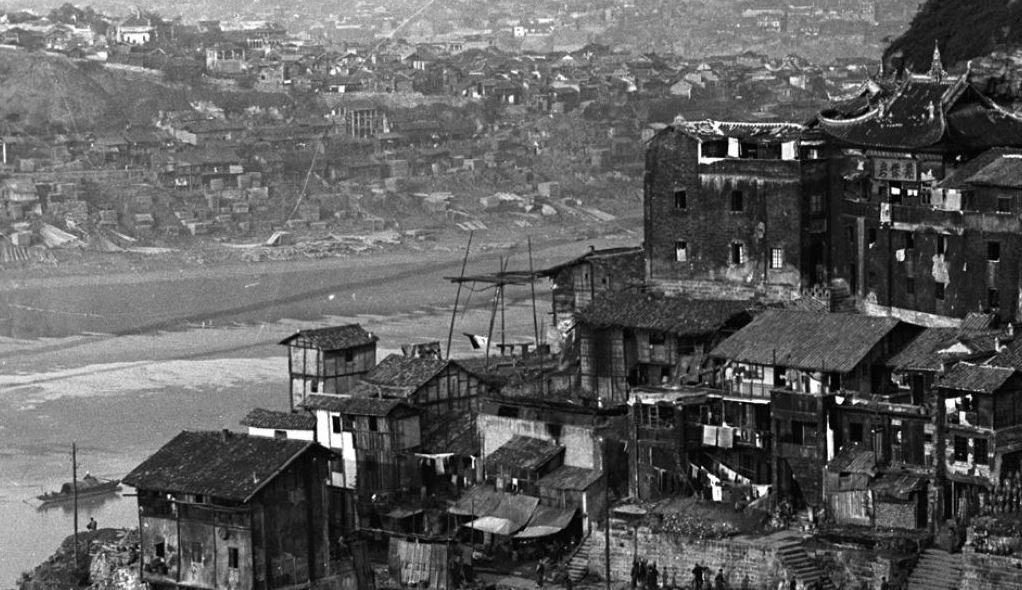
The Chungking Legation: Australia’s first diplomatic mission to China, as soon to be wartime allies
Reading time: 6 minutes
Gough Whitlam’s visit to China in 1971 is an iconic moment in the history of Australia-China relations. As prime minister, he officially recognised the People’s Republic of China the following year, heralding a new era of engagement with China.
But Whitlam’s visit overshadows an earlier and equally significant moment in Australia’s relationship with China.
On October 28 1941, Australia opened its first diplomatic mission in China, a legation in the wartime capital of Chungking (Chongqing) in central Szechwan (Sichuan) province.
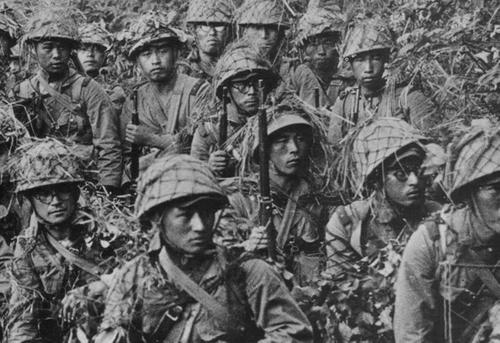
Japan’s Pacific War – Podcast
This podcast episode was commissioned by History Guild as part of our support of THE BLOODY BEACHHEADS: THE BATTLES OF GONA, BUNA AND SANANANDA – ONE DAY CONFERENCE. Angus Wallace, creator of the fantastic WW2 Podcast is joined by Peter Williams, author of Japan’s Pacific War: Personal Accounts of the Emperor’s Warriors.
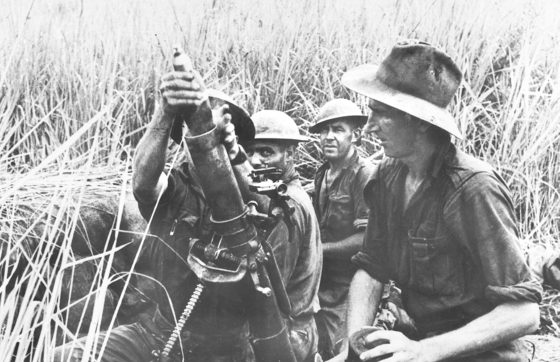
The Bloody Beachheads: The Battles Of Gona, Buna And Sanananda – One Day Conference
The Battle of the Beachheads was the bloodiest of all the Papuan campaigns. The resolve and tenacity of the Japanese defenders was, to Allied perceptions, unprecedented to the point of being “fanatical”, and had not previously been encountered. Please join a group of well-qualified speakers as we examine the Battle of the Beachheads in a one-day conference.
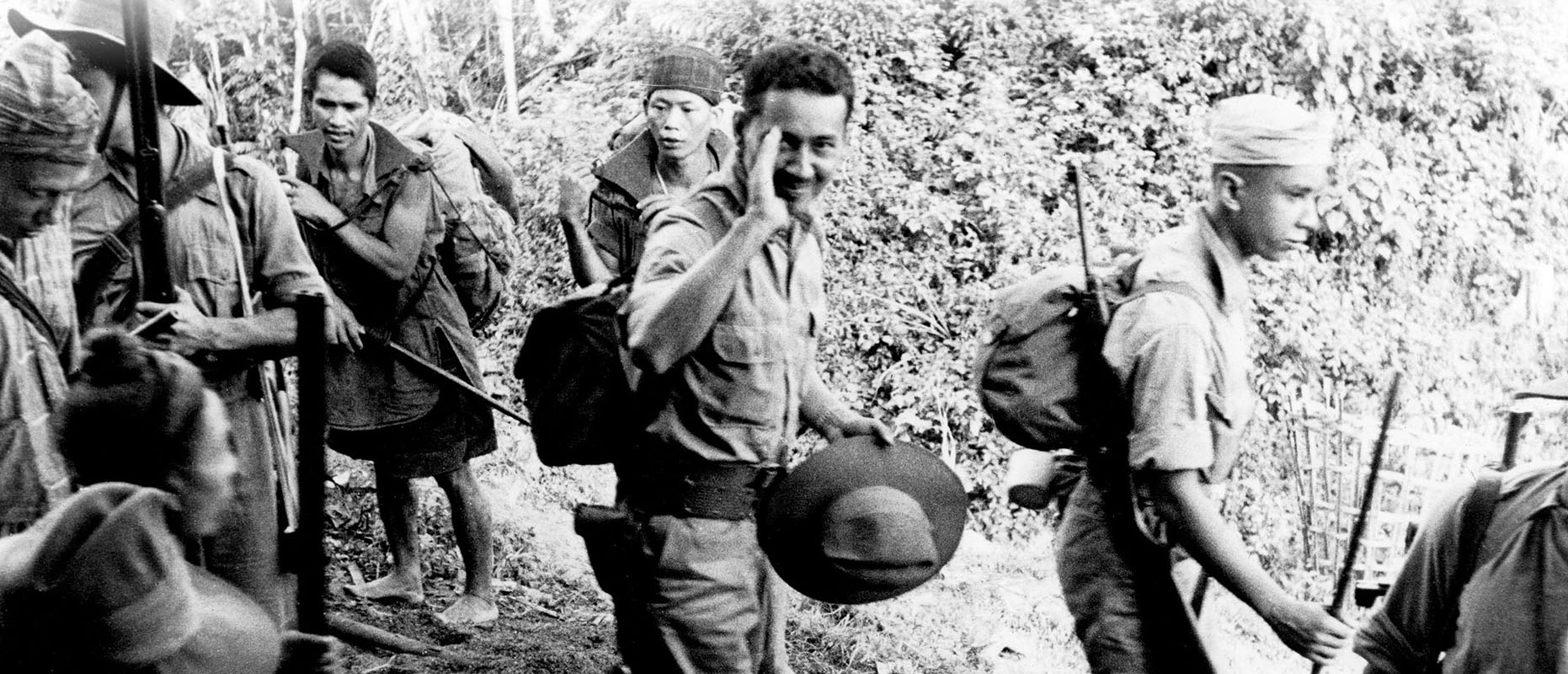
History is Complicated – SOE in Burma
Reading time: 7 minutes
It was estimated by Force 136 that they recruited around 20,000 indigenous personnel for operations in Burma. A few hundred of them are on my Men of SOE Burma page, compiled by going through several files of training cards. While the research for that page has provided excellent insight into a cross section of the many Burmese peoples who served with SOE, most of the 20,000 will remain unaccounted for because there is no record of them. Sadly, this means that their service will never be recognised outside of their own families.

